Wil takes us for a ride on the 2019 Merida One-Twenty test bike
Last year Merida unveiled the latest generation of its popular One-Twenty trail bike platform. Equipped with a brand new frame, carefully massaged geometry, and an updated suspension design, the One-Twenty nestles into the Merida lineup between the 96 (the XC race bike) and the One-Forty (the 150/140mm travel 27.5in trail bike).
Aiming to provide all-day pedalling efficiency in a competent chassis that’s ready for some pretty ugly terrain, the One-Twenty is equipped with 29in wheels, 120mm of rear travel, and a 120 or 130mm travel fork. It can also be had with 27.5in wheels, but only in Small and Medium frame sizes.
There are eight models in the One-Twenty lineup, kicking off with the One-Twenty 400 (£1,500 GBP / $1,999 AUD). The cheaper spec levels are built around a full alloy frame, while the top-end models feature a full carbon fibre frame.
The bike I’ve been testing over the past few weeks is the second-from-the-top model, creatively called the ‘8000’. It features a full carbon fibre frameset, carbon FSA wheels, a RockShox suspension package, and SRAM Code RSC disc brakes.
Merida One-Twenty Features
- CF3 carbon fibre frameset
- Float Link suspension design w/trunnion mounted shock
- Low average leverage ratio of 2.18:1
- 120mm rear travel
- Designed for 120-130mm travel forks
- Head angle: 67.3°
- Seat angle: 75.5°
- Chainstay length: 435mm
- Reach: 415mm (S), 435mm (M), 455mm (L) and 475mm (XL)
- PF92 bottom bracket shell
- Internal cable routing with bolt-up alloy ports
- Includes carbon side-entry bottle cage & front mudguard
- Claimed frame weight: 2779g (Medium size including rear shock & hardware)
- Also available with 27.5in wheels (Small & Medium sizes only)
Test Time
I’ve got a little bit more testing to be done on this bike in the coming few weeks, but so far I’ve been thoroughly impressed.
Having spent a good few weeks on the bike so far, I’ve been steadily honing in on suspension setup. Rather than running 30% sag as recommended, I’ve been trying the RockShox Deluxe shock at 25%. Although the extra 10psi has reduced some of the small-bump sensitivity, I’m finding the bike to feel more sprightly as a result.
I’ve also been changing volume and pressures on the Pike fork, since it was too firm out of the box for my liking. Turns out the DebonAir spring came fitted with three Bottomless Tokens from the factory, which I’ve progressively removed over the course of 2-3 rides. Now I’m at zero Tokens, the fork is feeling much more active and better balanced with the lively rear suspension feel.
Got any questions for me about the Merida One-Twenty? Drop them into the comments section below, and I’ll get them answered ASAP!
Otherwise stay tuned to the website and our YouTube channel for the upcoming review, and for more information in the meantime head to the Merida Bikes website.
2019 Merida One-Twenty 8000 Specs
- Frame // CF4 Carbon Fibre, 120mm Travel
- Fork // RockShox Pike RCT3, 130mm Travel
- Shock // RockShox Deluxe RT, 185x55mm, Trunnion Mount
- Hubs // FSA Gradient LTD, 110x15mm Front & 148x12mm Rear
- Rims // FSA Gradient LTD, 29mm Internal Width, Tubeless Ready
- Tyres // Maxxis DHR II 3C MaxxTerra EXO 2.4in WT Front & Forekaster EXO 2.35in Rear
- Crankset // SRAM Descendant, 32t X-Sync 2 Chainring
- Rear Mech // SRAM XO1 Eagle, 12-Speed
- Shifters // SRAM XO1 Eagle, 12-Speed
- Cassette // SRAM Eagle, 10-50t, 12-Speed
- Brakes // SRAM Code RSC, 180mm rotors
- Stem // Merida Expert TR, 60mm Length
- Bars // Merida Expert TR, 20mm Rise, 760mm Wide
- Grips // Merida Lock-On
- Seatpost // KS LEV Integra, 150mm Travel
- Saddle // ProLogo Nago X20
- Size Tested // Medium
- Sizes Available // Small, Medium, Large, X-Large
- Confirmed Weight // 12.69kg / 27.92lb
- RRP // £6,000 / $6,999 AUD


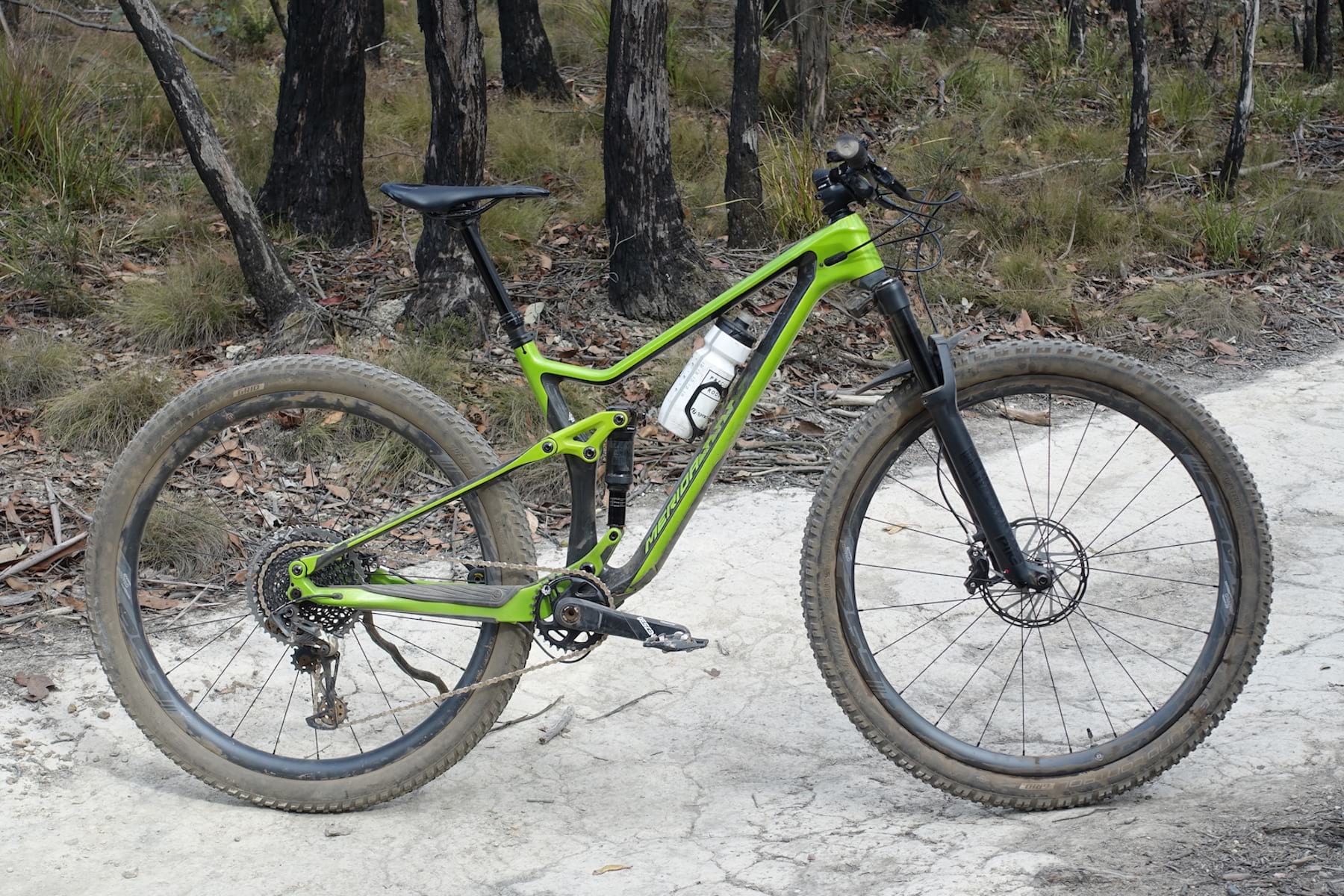




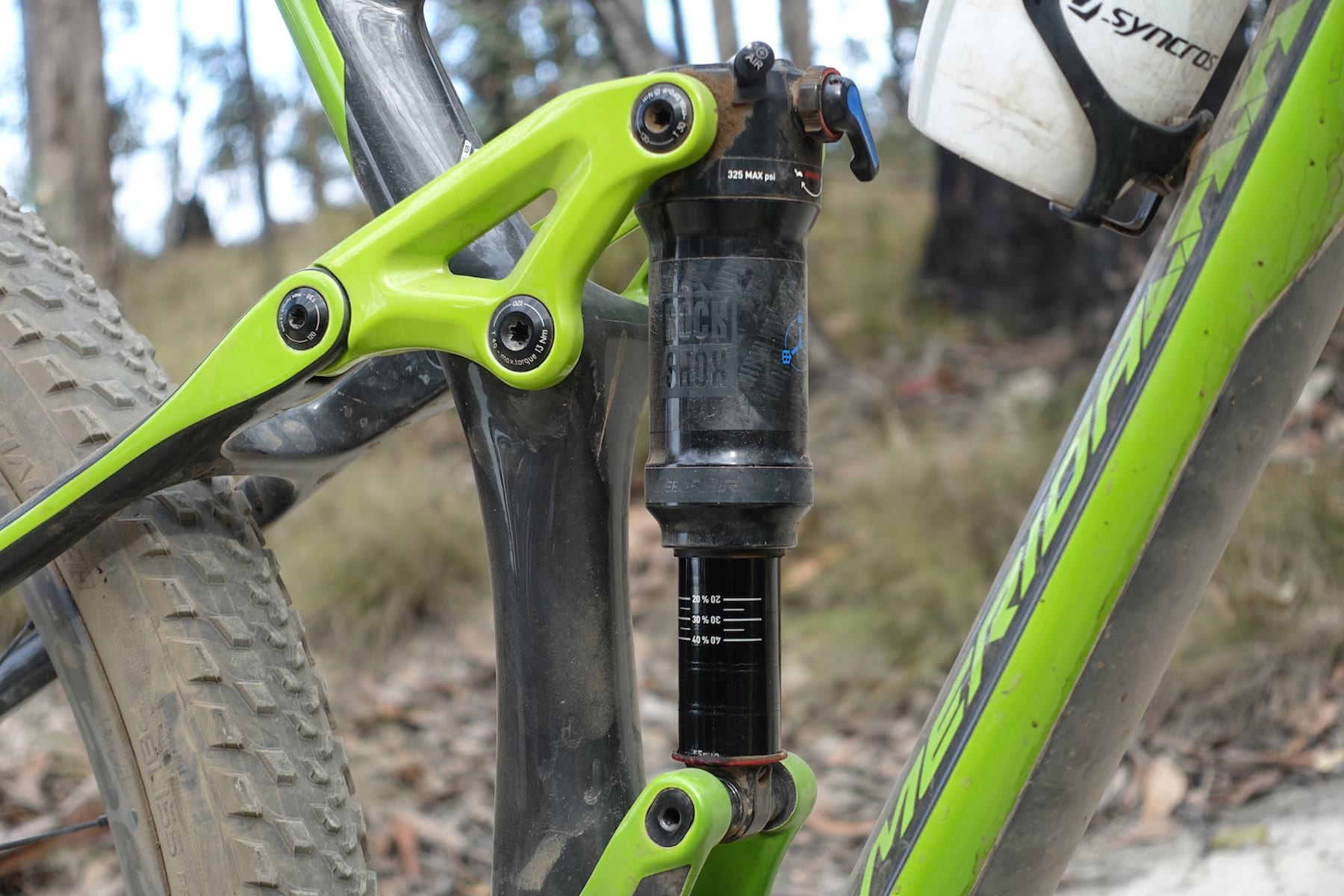
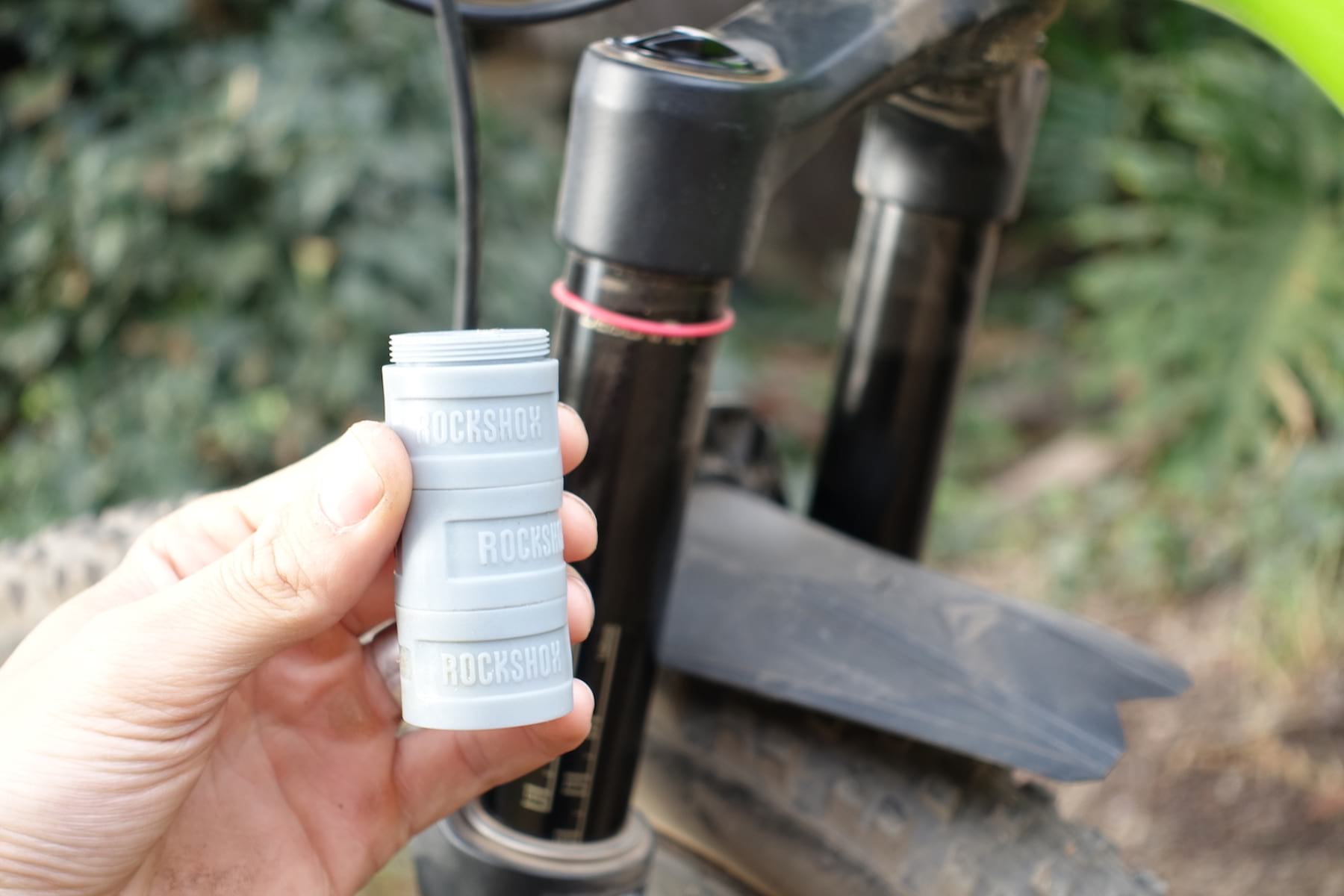
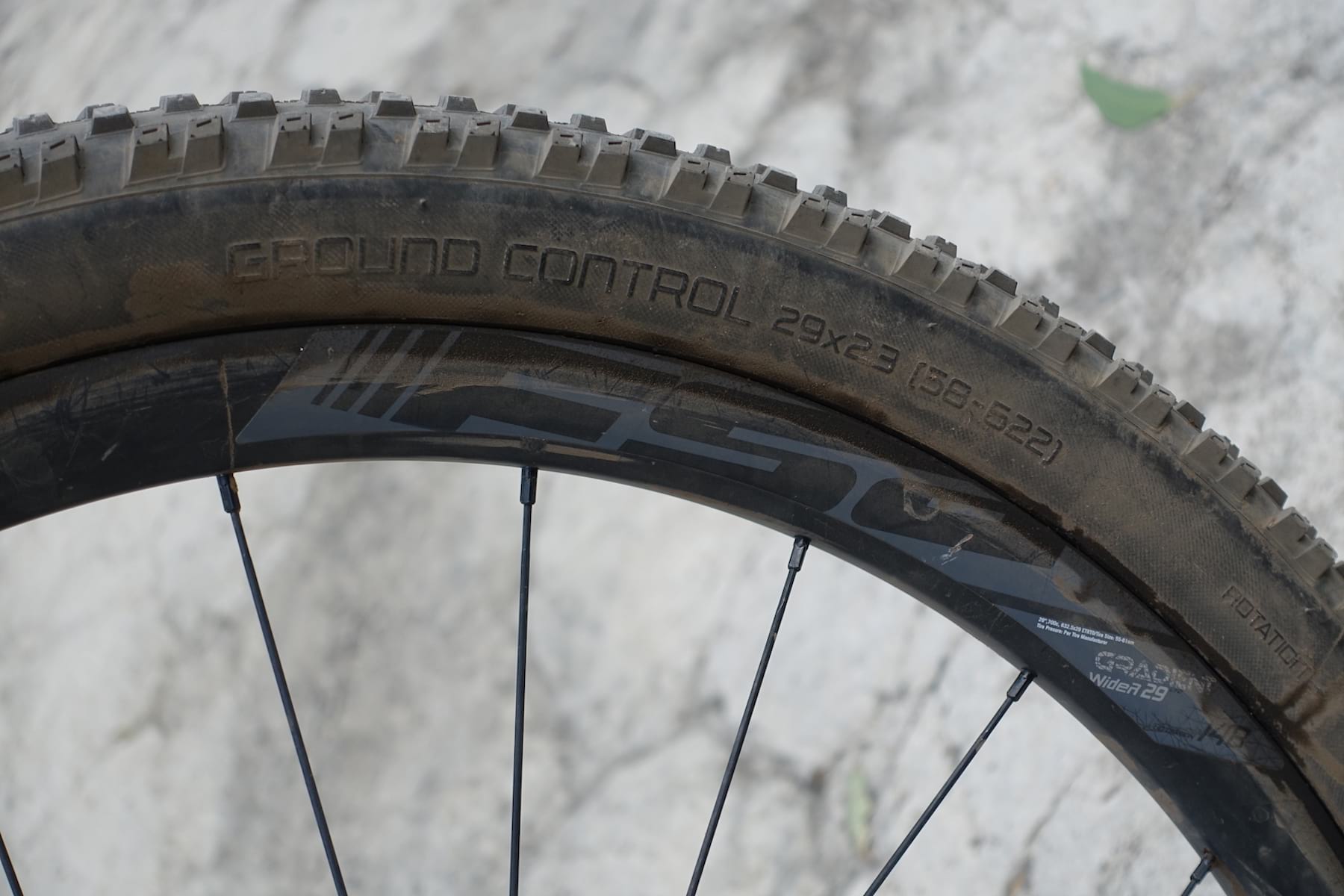
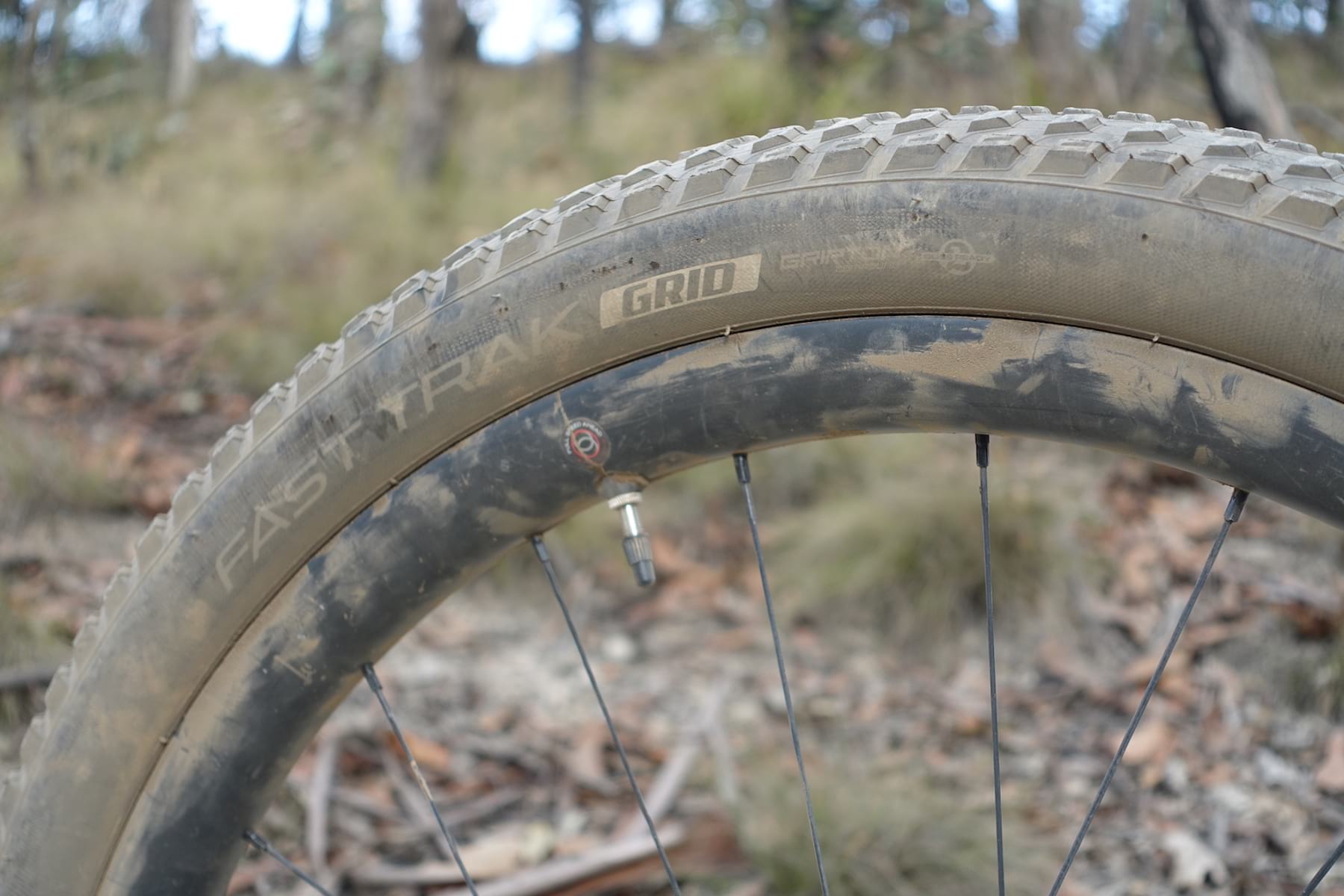
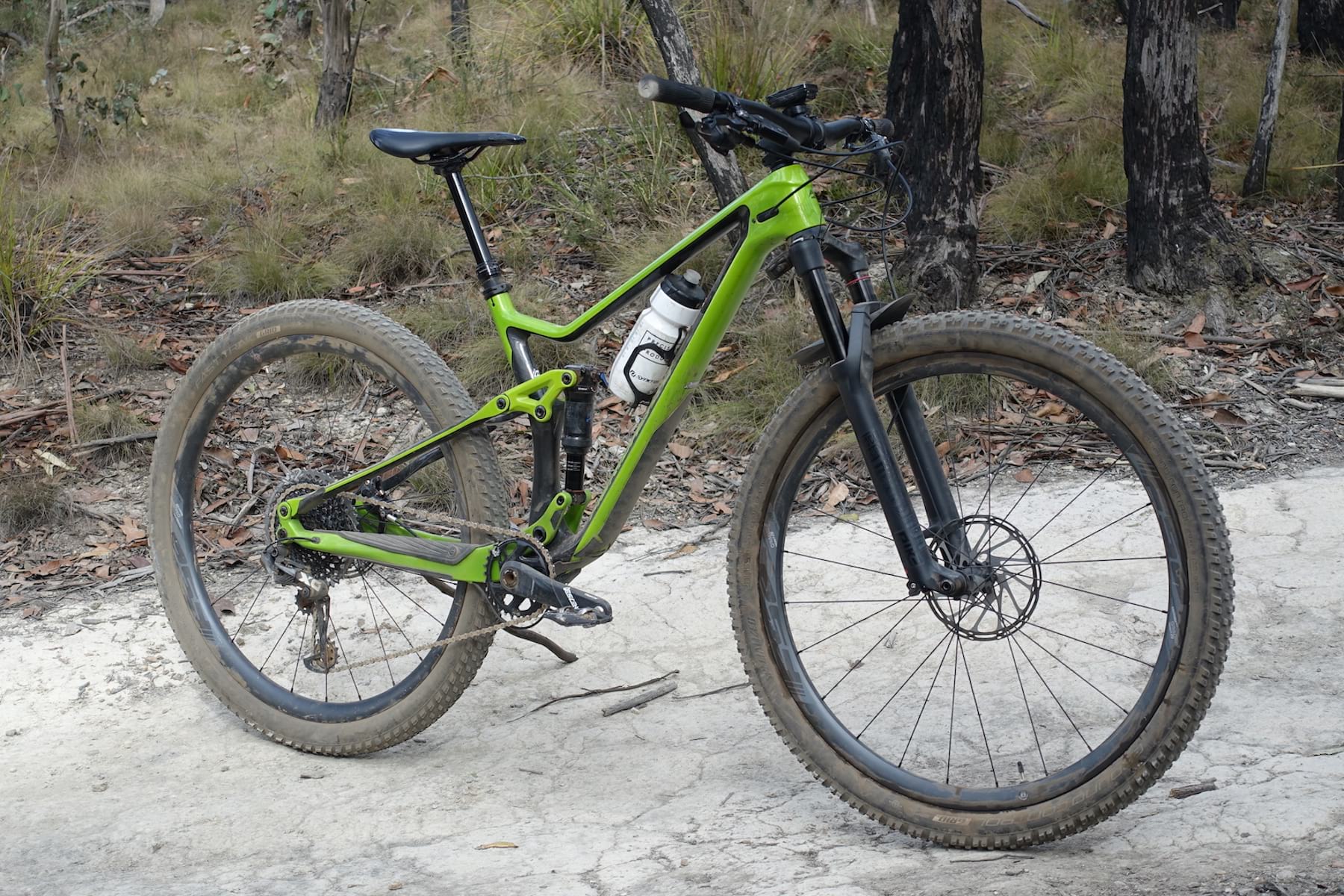
can you compare in a few words to the Cotic flareMAX?
@mcphisto1978 – That’s a great question!
Unfortunately for me, I’ve not tested Cotic’s latest FlareMAX, so I can really only speculate. Even on paper though, there are some pretty big differences between the One-Twenty and FlareMAX.
Construction: The obvious difference between the two is the frame material. Whereas Merida uses carbon fibre for most of the One-Twenty’s CF4 frame (except for the alloy rocker link plates), Cotic uses a welded steel mainframe and seatstays, with an alloy chainstay.
Weight: Merida claims the carbon fibre One-Twenty chassis weighs just 2779g (6.1lb) for a Medium size with the rear shock, thru-axle, hanger, cable ports and so on. Cotic doesn’t publish frame weights on its website, but after some digging, it appears a FlareMAX frame comes in around 3.86kg (8.5lb).
Geometry: With Cotic going the ‘Longshot’ route with its latest mountain bike frames, the FlareMAX is much slacker and longer than the Merida. Here are some comparative geo numbers, both bikes fitted with 130mm travel forks, and listed as the FlareMAX vs One-Twenty;
– Head angle: 65.6 vs 67.3
– Seat angle: 73.6 vs 75.5
– Reach: 455mm vs 435mm
– Chainstays: 447mm vs 435mm
– Wheelbase: 1218mm vs 1161mm
Based on all the above, I think it would be safe to say that the Cotic FlareMAX is a 29er trail bike that places its priority on descending at warp speed. I’ve ridden the SolarisMAX, which is basically the hardtail version of the FlareMAX, and it is an absolute monster on the descents. Cotic gives its 29er bikes big tyre clearance, so that’s something else to factor in, as the Merida is limited to about a 2.4in tyre on the back.
Hope that helps!
[ST Wil]